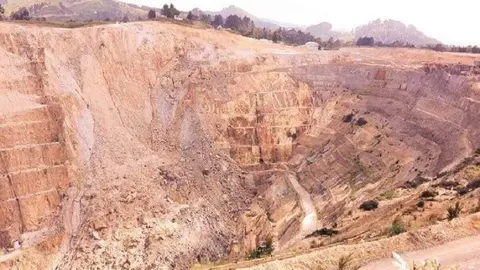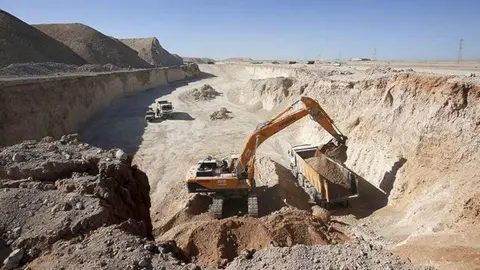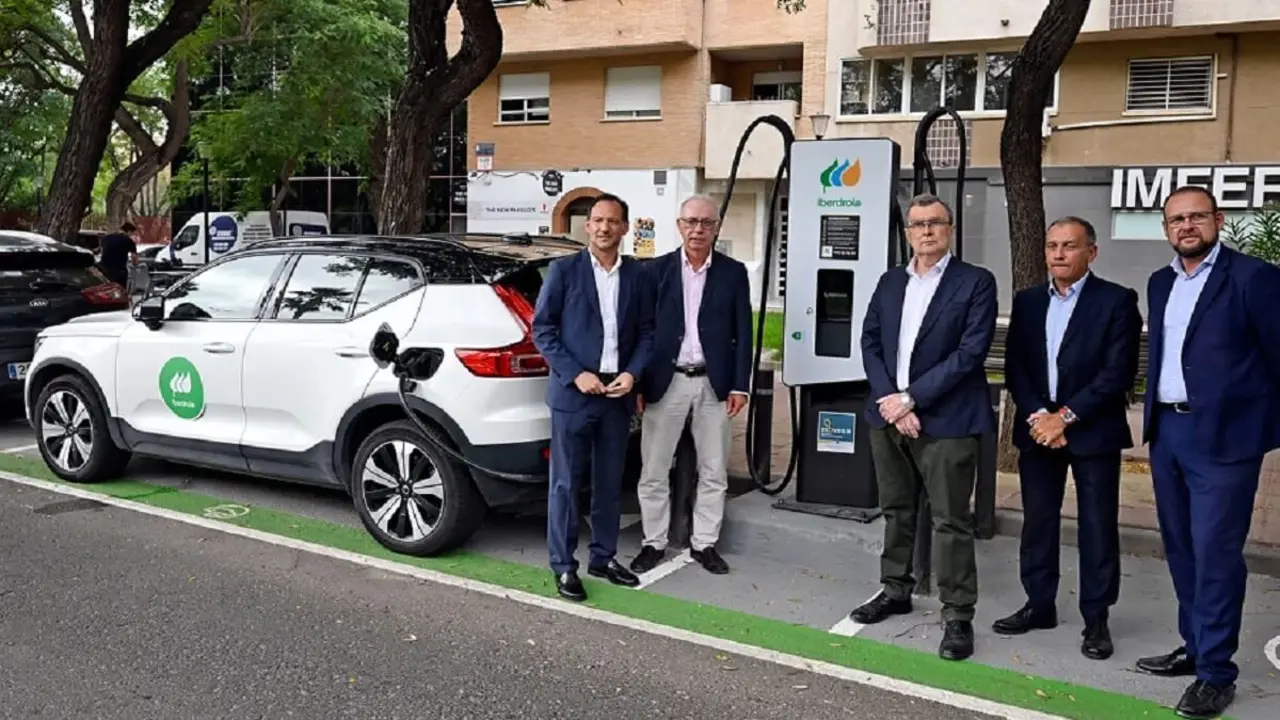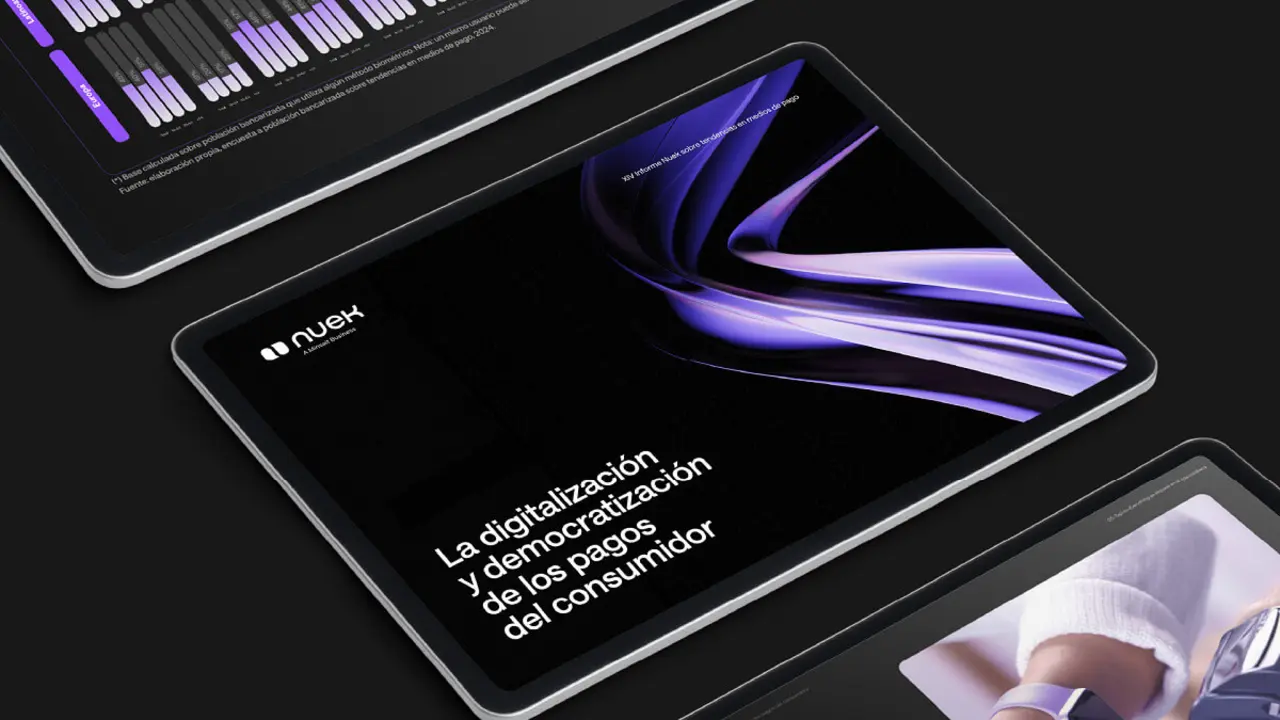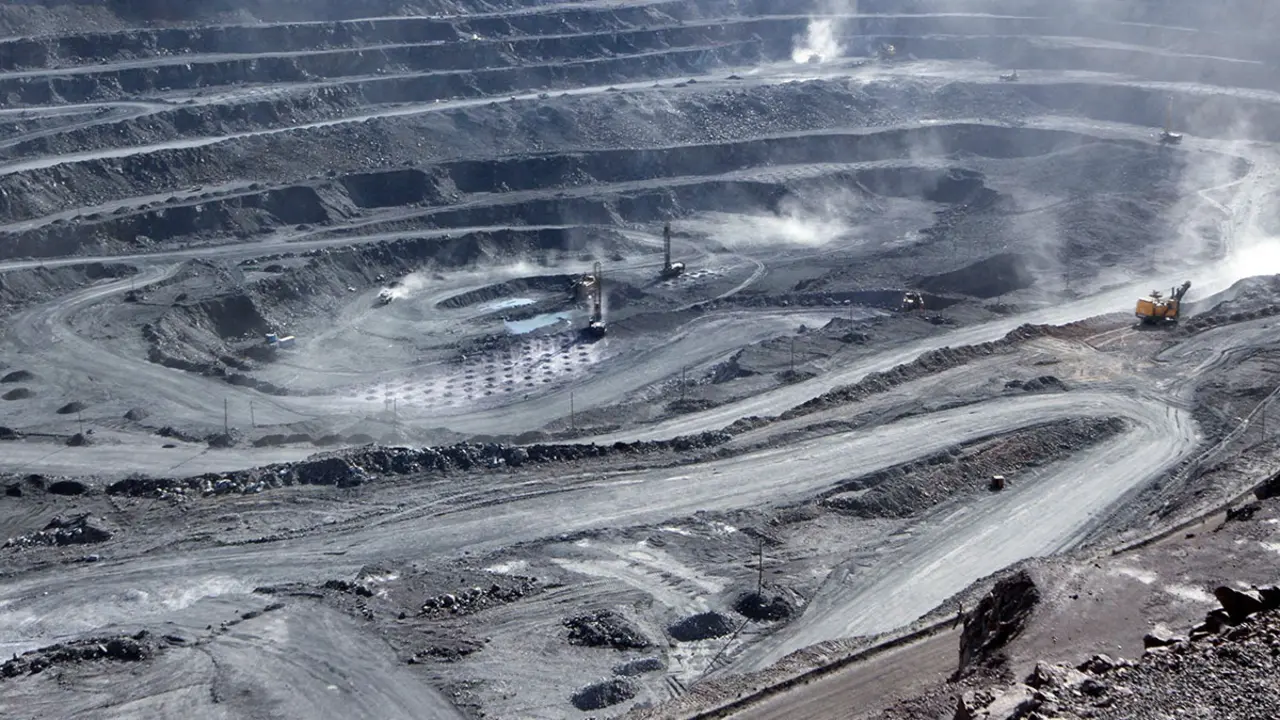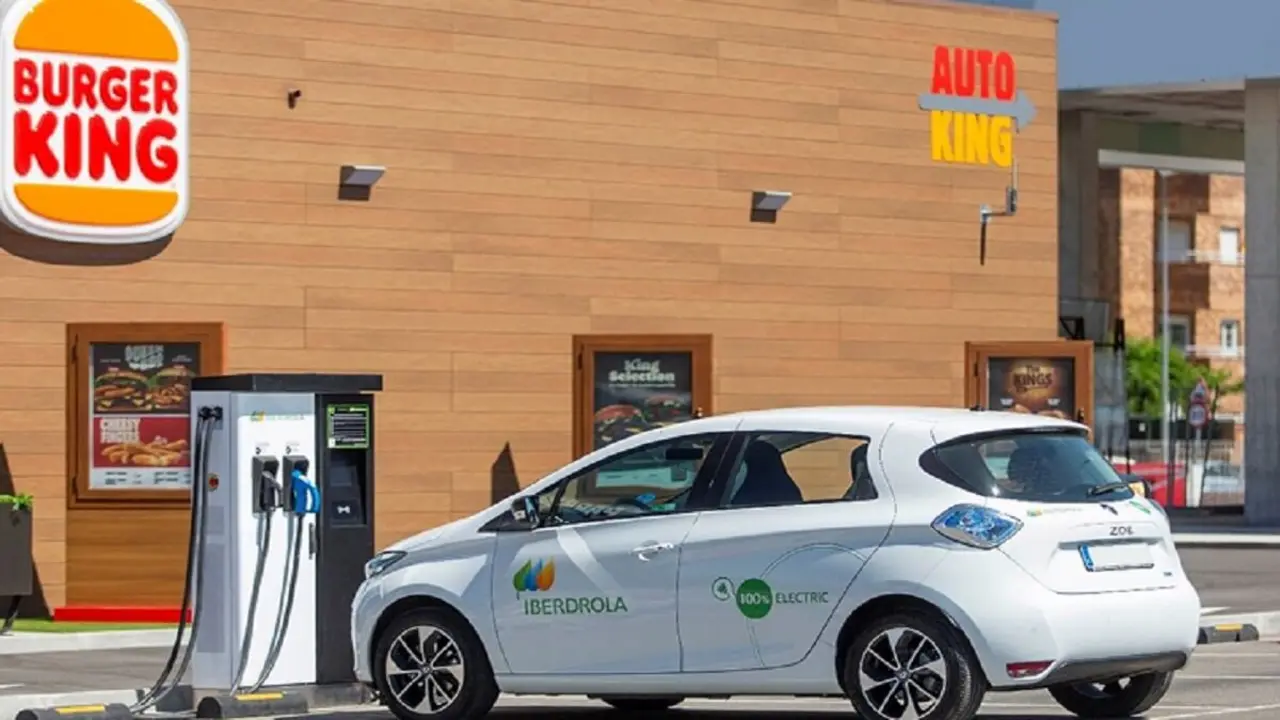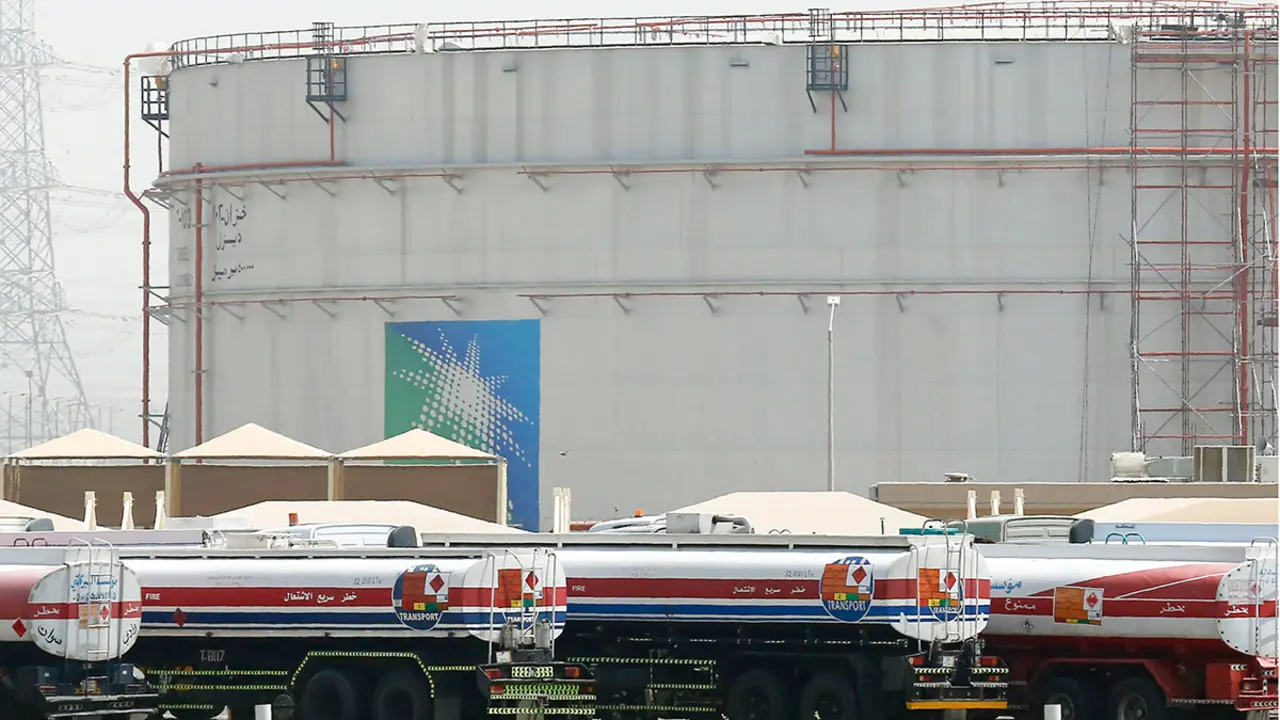Morocco in figures

According to the report by Morocco's High Commissioner for Planning, Spain is one of the first leaders in trade with the Alawi kingdom. Detailing the social, economic and demographic phenomena of the nation, the 2022 statistics summarise the North African country's progress towards a stable social economy, underlining the falls it must recover in 2023 in order to achieve true sustainable development
Population
Morocco's advanced regionalisation divides the national territory into twelve regions divided into 62 provinces and 13 prefectures. After independence in 1960, Morocco had an estimated population of 11,626,470 inhabitants between rural and urban areas. This number was growing to 36,670,216 inhabitants in 2022, with 13,078,633 people living in rural areas, while 23,591,583 residents live in urban areas.
The Casablanca-Settat region is considered the most populated region in the country with a total of 7,596,040 inhabitants, followed respectively by the Rabat-Salé-Kenitra region with 4,962,561 inhabitants and the Marrakech-Safi region with 4,857,033 people.
In 2022, the total number of registered families in Morocco was 8,832,948, of which 2,669,962 live in rural areas and 6,162,986 live in urban areas.
Of the urban dwellers, 12,001,000 are women and 11,591,000 are men, while those living in rural areas are divided into 6,405,000 women and 6,672,000 men.
.

Employment and unemployment
The employment activity rate by sex among people aged 15 to 60 years represents a total of 44.3% (19.8% among women and 69.6% among men). The unemployment rate in Morocco stands at 11.8% of the active population, of which 17.2% represents unemployment among women and 10.3% among men, including both rural and urban areas.
The labour force in Morocco between rural and urban areas is divided according to the following classification: 29.3% work in agriculture, forestry and fishing, 12% in industry and crafts, 11.2% in construction, 15.6% in commerce, 5.7% in transport, storage and communications, 2% in repairs, 4.9% in general public administration, education, human health and social action, 5.7% in activities of associative organisations and 13.5% in other services.
In terms of rural and urban unemployment, the southern regions have the highest rate of 20.1%, followed by the eastern region with 17.4%, Casablanca-Settat with 13.8%, Fez-Meknes with 13.5%, Sus-Masa with 11.4%, Rabat-Salé-Kenitra with 11%, Beni Melal Jenifra with 10.5%, the two regions of Tangier-Tetouan-Al Hoceima and Draa Tafilalet with 9.7%, while the region with the lowest unemployment rate is Marrakech-Safi.

Education
The number of students enrolled in the 2021-2022 school year is 4,675,486 in primary education with a change of 1.6% in the public sector and 8.5% in public schools compared to the previous school year. In collegiate education, there are 1,983,743 students with an increase of 11.3% in public schools compared to 12.2% in private schools. For secondary education, high schools have 1,160,639 students with a decrease of -1.6% in public and an increase of 8.2% in private compared to the 2020-2021 school year.
While the number of students in BTS and preparatory classes has decreased by -1.6% and -19.3% respectively. However, the number of students enrolled in public universities, colleges and educational institutions has increased by 7.2, 2.1 and 69.4% respectively.
The education sector has 141,529 primary school teachers, 62,895 college teachers, 57,489 high school teachers and 15,830 teachers in higher education in 2022, according to Morocco's ACP data.

Health
The number of physicians in Morocco is 29,180, of whom 13,228 work in the public sector, while 15,952 physicians work in the private sector. Doctors in Morocco are mostly concentrated in the Casablanca-Settat region (5,494 private sector/2,732 public sector), followed by the Rabat-Salé-Kenitra region with 3,313 private/3,219 public, Marrakech-Safi with 1,692 private/1,423 public, Fez-Meknes with 1,480 private/1,921 public, Tangier-Tétouan-Al Hoceima with 1. 378 private/964 public, Sus-Masa with 899 private/622 public, El Oriente with 752 private/1,171 public, Beni Melal Jenifra with 625 private/453 public, Draa Tafilalet with 163 private/358 public, Laayoune-Seguia-el Hamra with 93 private/140 public, Guelmim-Rio Nun with 44 private/180 public and finally, Dakhla-Rio de Oro with 19 doctors in the private sector compared to 45 in the public sector.

Prices
The average rate of the general Consumer Price Index (CPI) in 2022 is 6.6%.
Morocco's general consumer price index has recorded in the health sector 101.9, furniture and household items 107.1, housing, water, electricity, gas and other fuels 103.6, clothing and shoes 109.7, alcoholic beverages and tobacco 129.8, non-alcoholic food products 113.7, transport 119.7, communications 104.0, culture and entertainment 104.3, education 113.2, restaurants and hotels 107.5 and other services 110.
Agriculture and sea fishing
Morocco's main agricultural products are winter cereals (durum wheat, soft wheat, barley, oats and others), which represent 34,405,800 tonnes, experiencing a fall of -66.75% in 2022, spring cereals (maize, sorghum and rice) with 9. 023,000 tonnes, a fall of -27.4%, pulses 1,003,300 tonnes (-66.6%), oilseeds with 584,700 tonnes (17.4%) and sugar crops with 24,699,300 tonnes (-22.5%). In the same year 2022, total citrus production reached 2,677,000 tonnes (14.1%).
The number of livestock units in Morocco in 2022 is estimated at 3,101,000 cows (-2.5%), 21,801,000 sheep (-4.1%), 6,045,000 goats (-2.6%).
As for marine fisheries, coastal and artisanal fishery products mark a quantity of 1,499,418 tonnes in 2022 registering an increase of 14% compared to 2021.

Mining, energy and industry
The index of extractive industries in Morocco in 2022 was 115.2 (-18.6%). In the same year, within the framework of phosphate sector activities, merchant production has recorded 30,457,000 tonnes (-20.1%), while local sales have reached 8,248,000 tonnes (-19.5%), the stock has reached 36,862,000 tonnes (14.5%), while exports have achieved 5,219,000 tonnes (-47.1%) compared to 2021.
The index of electricity production has achieved in 2022 132 (with an increase of 0.3%). Energy production in Morocco is classified according to type: net electricity 42,317 million kWh (4.5%), hydro 679 million kWh (-44%), thermal 33,673 million kWh (2.4%), wind 5,356 million kWh (4.9%), solar 1,448 million kWh (-20.4%).
Total imports of petroleum products reached 12,341,000 tonnes (8.3%) in 2022. The index of industrial production, particularly the processing industry is 114.1 (0.8%). Industrial investments have been 39.998 billion dirhams in 2019 with an increase of 70% compared to 2018.
Exports of handicraft products have marked the figure of 1,001,360,000 dirhams in 2022.
Morocco has produced in this year a total of drinking water of 1,324,346,000 m3, experiencing an increase of 1.5% compared to the previous year.

Transport
The road network in Morocco is estimated at 59,410 km, of which 1,800 km are motorways, 15,620 km are national roads, 11,192 km are regional roads and 30,798 km are provincial roads.
In 2022, 113,625 cases of road accidents were recorded, resulting in 167,607 casualties, of which 3,499 were fatalities.
The total air traffic in 2022 was 20,592,350 for passengers and 69,751 for freight at the various airports of the North African country.
Tourism
The total number of beds in the different regions of Morocco is 289,321, according to statistics for the year 2022 (2.4%). While tourist occupancy in classified hotel establishments has achieved 19,014,562 overnight stays welcoming tourists from France, Spain and the United Kingdom, in the given order.
The Marrakech-Safi region is the first in the tourist occupancy rate, followed by Sus-Masa and Tangier-Tetouan-Al Hoceima, respectively.

Foreign trade
Morocco has made a total of trade in 2022 which are classified as follows: exports 428,612 million dirhams (29,977,000 tonnes), imports 737,441 million dirhams (62,920,000 tonnes) and comprising food products, beverages and tobacco, energy, equipment, raw products, semi-finished product, industrial gold and consumer products.
In terms of trade with Euro-Mediterranean countries in 2022: exports reached 257.867 billion dirhams, while imports 389.320 billion dirhams, led by Spain, followed by France and Italy.
In terms of exports, Morocco exports 19.6% to Spain, 18.8% to France and 6.4% to India. On the other hand, it imports 14.1% from Spain, 10.6% from France and 10% from China.

